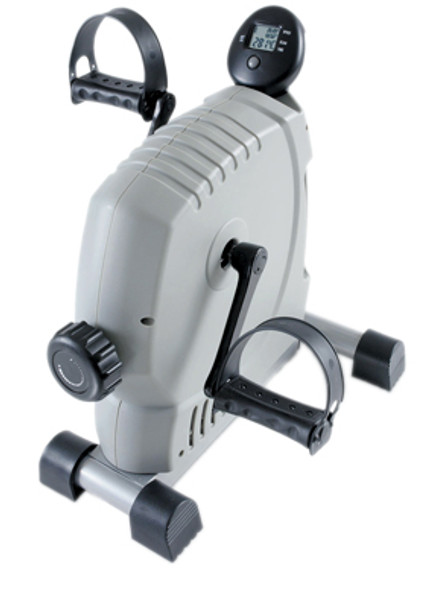Endurance Training: Building Stamina for a Healthier Life
Endurance Training, often referred to as cardiovascular or aerobic exercise, is a cornerstone of physical fitness, essential for maintaining overall health and vitality. It involves activities that elevate the heart rate and increase oxygen consumption over an extended period, thereby improving the body's ability to sustain prolonged physical effort. From running marathons to brisk walking, endurance training encompasses a wide range of exercises, all aimed at enhancing cardiovascular health and stamina.
The Importance of Endurance Training
Endurance training stands as one of the four pillars of fitness alongside strength, balance, and flexibility. Its significance lies in its profound impact on cardiovascular health, metabolism, and overall well-being. Here's why endurance training is crucial for optimal health:
- Cardiovascular Health: Endurance training strengthens the heart muscle, enhances lung capacity, and improves circulation, leading to a more efficient delivery of oxygen and nutrients to the body's tissues. Regular aerobic exercise reduces the risk of heart disease, stroke, and hypertension, while also lowering cholesterol levels and regulating blood sugar levels (Related - Anatomy Study Guide: Cardiovascular System).
- Weight Management: Endurance training aids in weight loss and weight management by burning calories and increasing metabolic rate. Engaging in activities such as jogging, cycling, or swimming helps to shed excess body fat and maintain a healthy body composition.
- Enhanced Energy Levels: Regular endurance training boosts energy levels by improving overall cardiovascular fitness and increasing stamina. Individuals who incorporate aerobic exercise into their routine often experience higher levels of energy and vitality throughout the day.
- Stress Reduction: Endurance training has been shown to reduce stress and anxiety levels by releasing endorphins, the body's natural mood elevators. Regular exercise acts as a powerful stress-reliever, promoting relaxation and improving mental well-being.
- Improved Quality of Life: Endurance training enhances physical performance, functional abilities, and overall quality of life. Whether it's climbing stairs, playing with grandchildren, or participating in recreational activities, individuals with good cardiovascular fitness enjoy greater independence and satisfaction in daily life.
The Role of Physical Therapy in Reaching Endurance Training Goals
For some individuals barriers to starting an endurance training routine, such as injuries, surgeries, and other health related things. When faced with these barriers, physical therapy plays a vital role in helping individuals get to a spot where they can begin to engage endurance exercises. Physical therapists design customized exercise programs tailored to each individual's needs and abilities, focusing on gradually increasing endurance while minimizing the risk
of re-injury. They may incorporate a combination of aerobic exercises, strength training, and flexibility routines to optimize cardiovascular health and physical function.
Moreover, physical therapists utilize specialized equipment and tools to aid in endurance training, many of which can be found on platforms like RehabTherapySupplies.com. Products such as stationary bikes, treadmills, and resistance bands provide individuals with safe and effective means to improve endurance in the comfort of their own homes. Additionally, items like heart rate monitors and activity trackers help individuals monitor their progress and adjust their training regimen accordingly.
In conclusion, endurance training is a fundamental aspect of physical fitness, offering a multitude of benefits for cardiovascular health, weight management, energy levels, stress reduction, and overall well-being. With the guidance of physical therapists and access to specialized equipment, individuals can embark on a journey towards improved endurance, leading to a healthier, more fulfilling life.
Related Blog Posts:
Strength Conditioning: Building Power and Resilience for Optimal Health
A Balancing Act: Understanding and Enhancing Stability for Optimal Health
Flexibility: Embracing Fluidity for Enhanced Well-Being
Recent Posts
-
Acupuncture vs. Dry Needling: What’s the Difference?
At first glance, acupuncture and dry needling might seem identical. Both involve inserting thin need …Jun 11th 2025 -
What Is Dry Needling? A Modern Approach to Pain Relief and Muscle Recovery
Chronic muscle pain, tension, and restricted movement can significantly impact your daily life, sign …Jun 11th 2025 -
The Kinetic Chain and Its Importance?
The kinetic chain is a key principle in physical therapy, referring to the way muscles, joints, and …Apr 18th 2025




